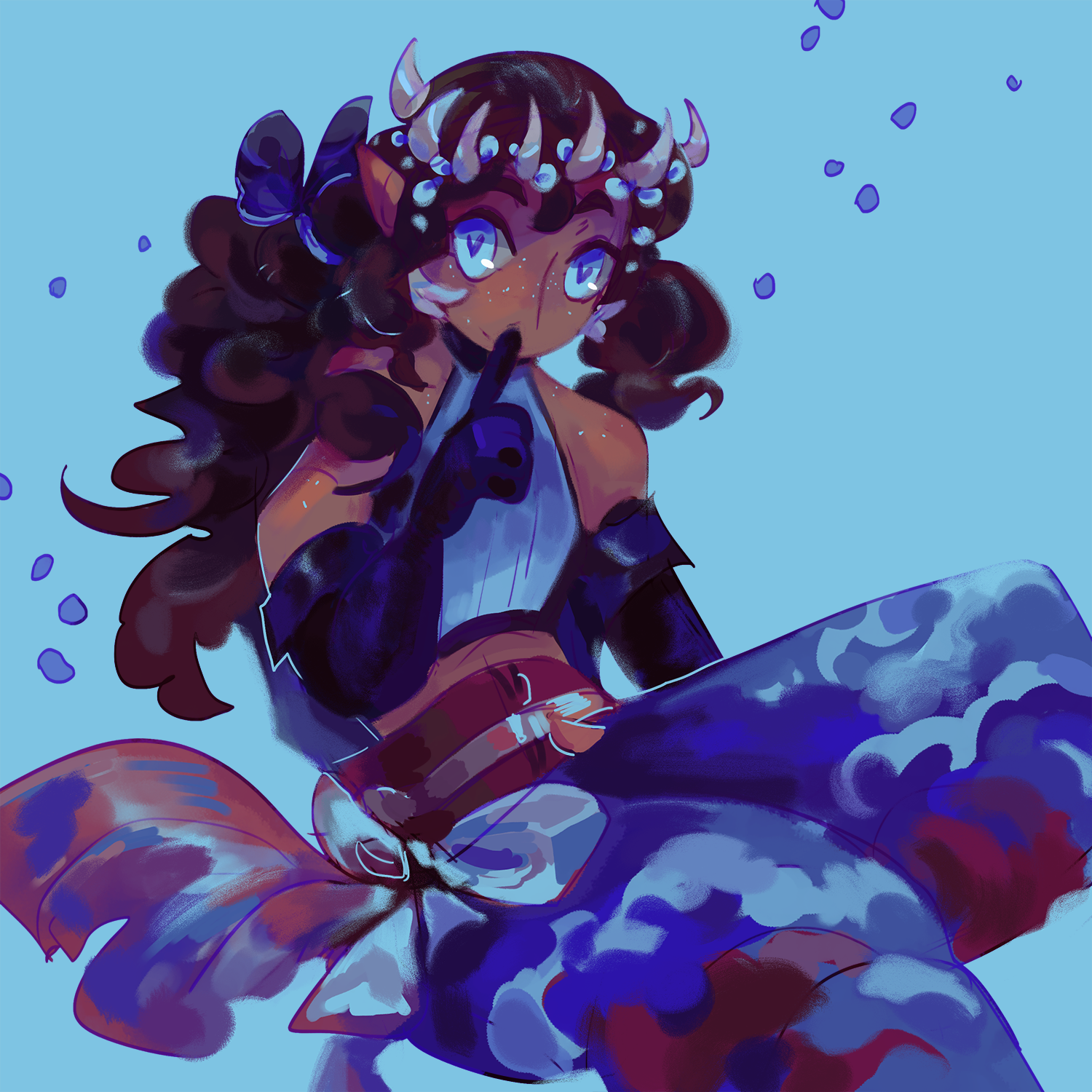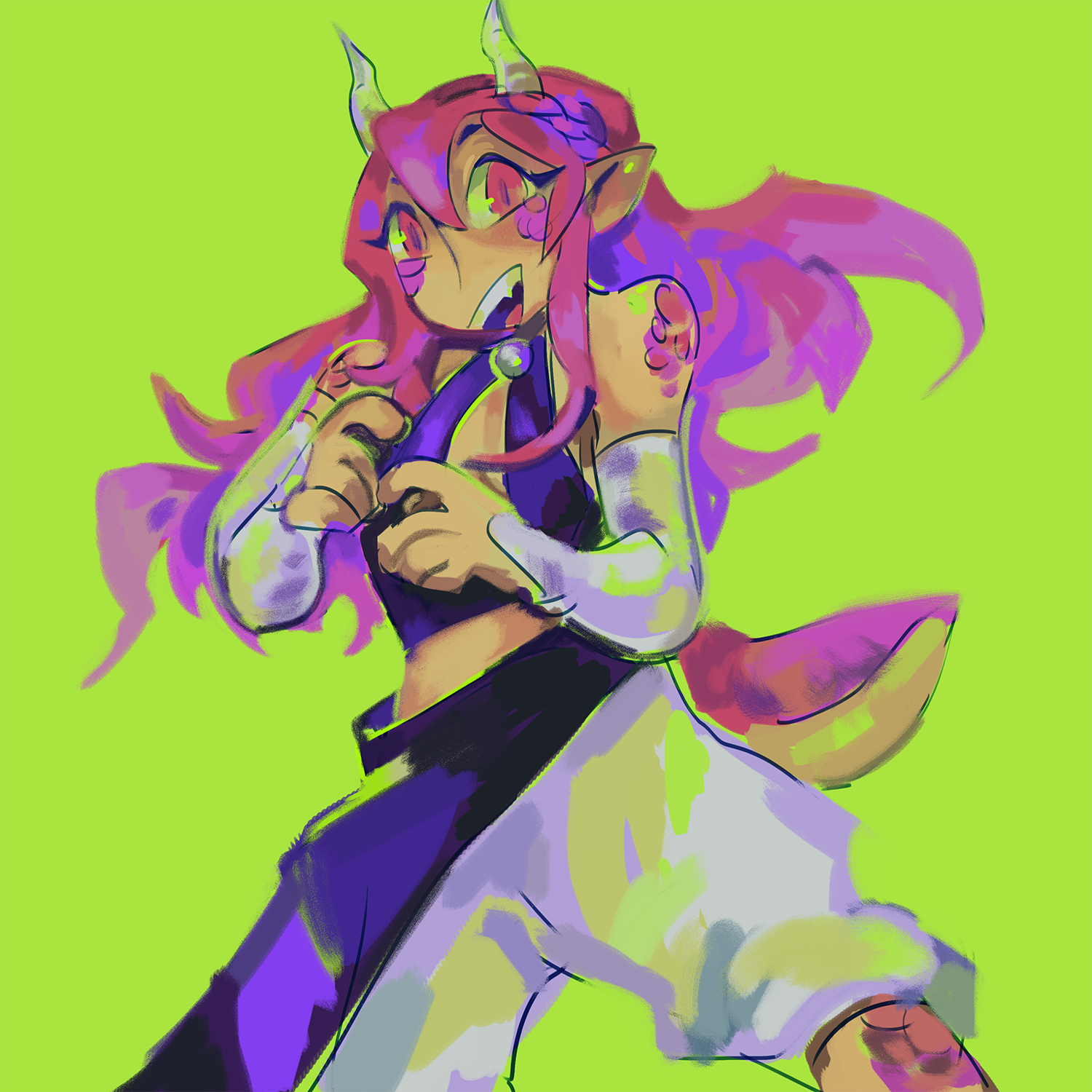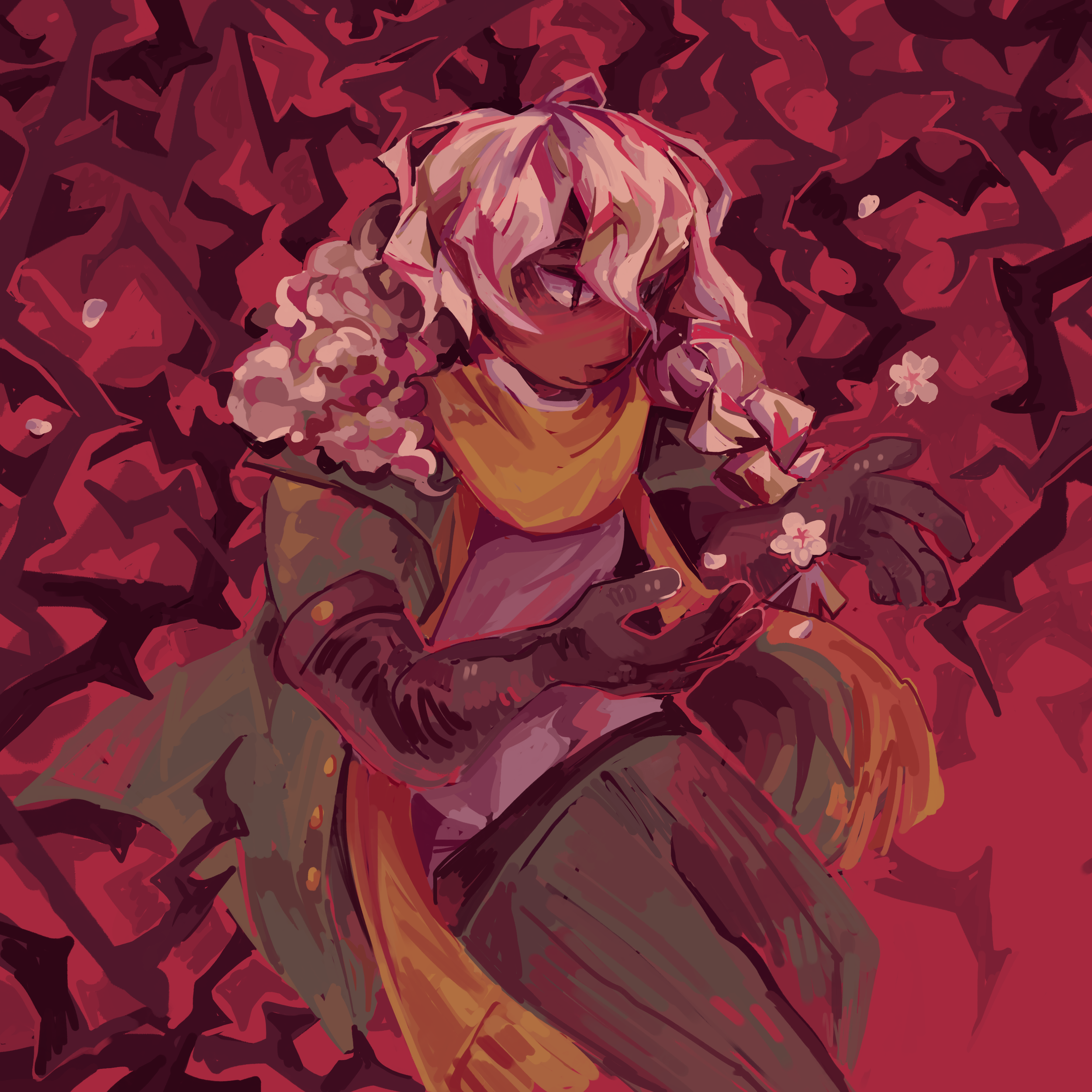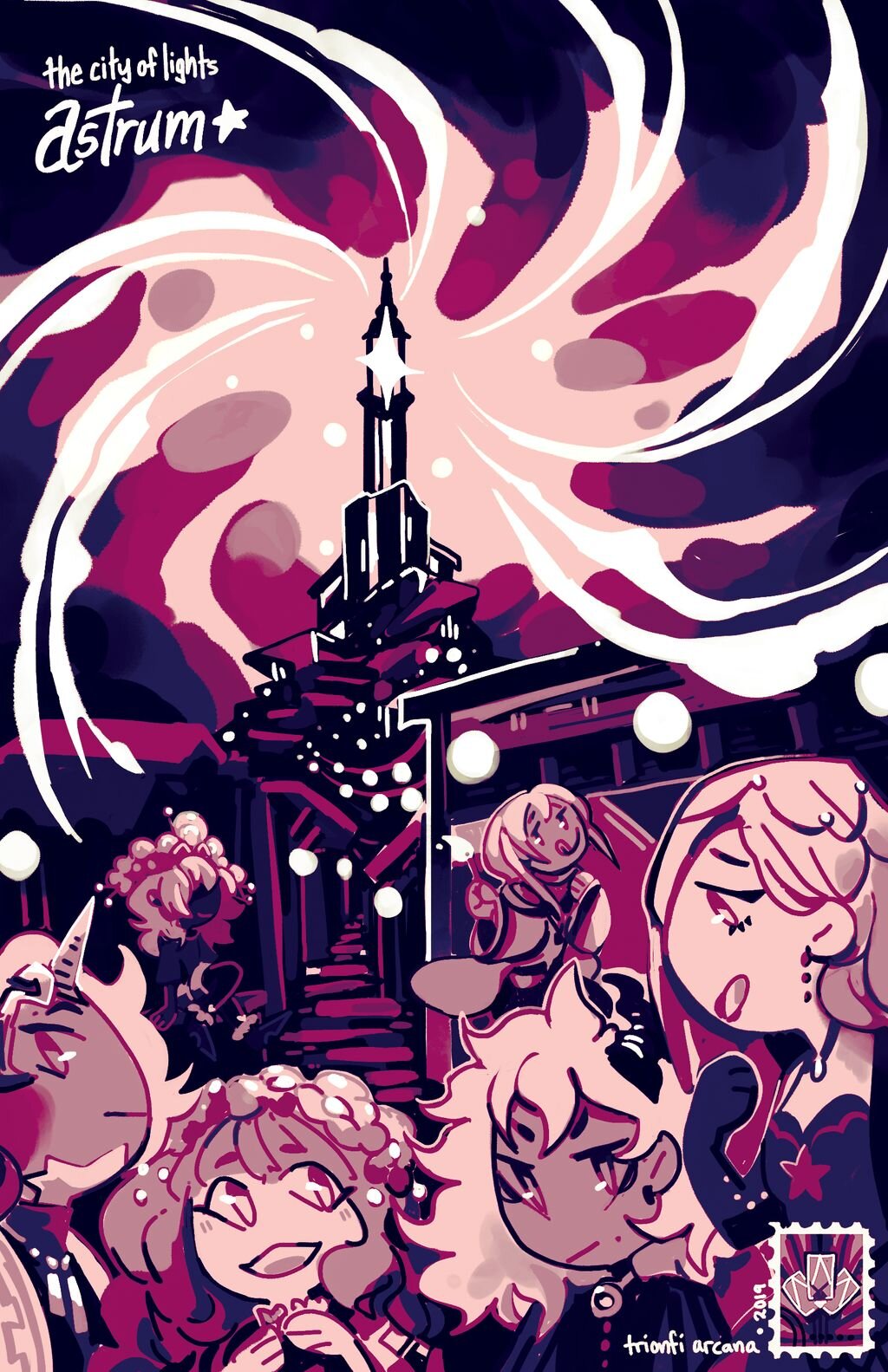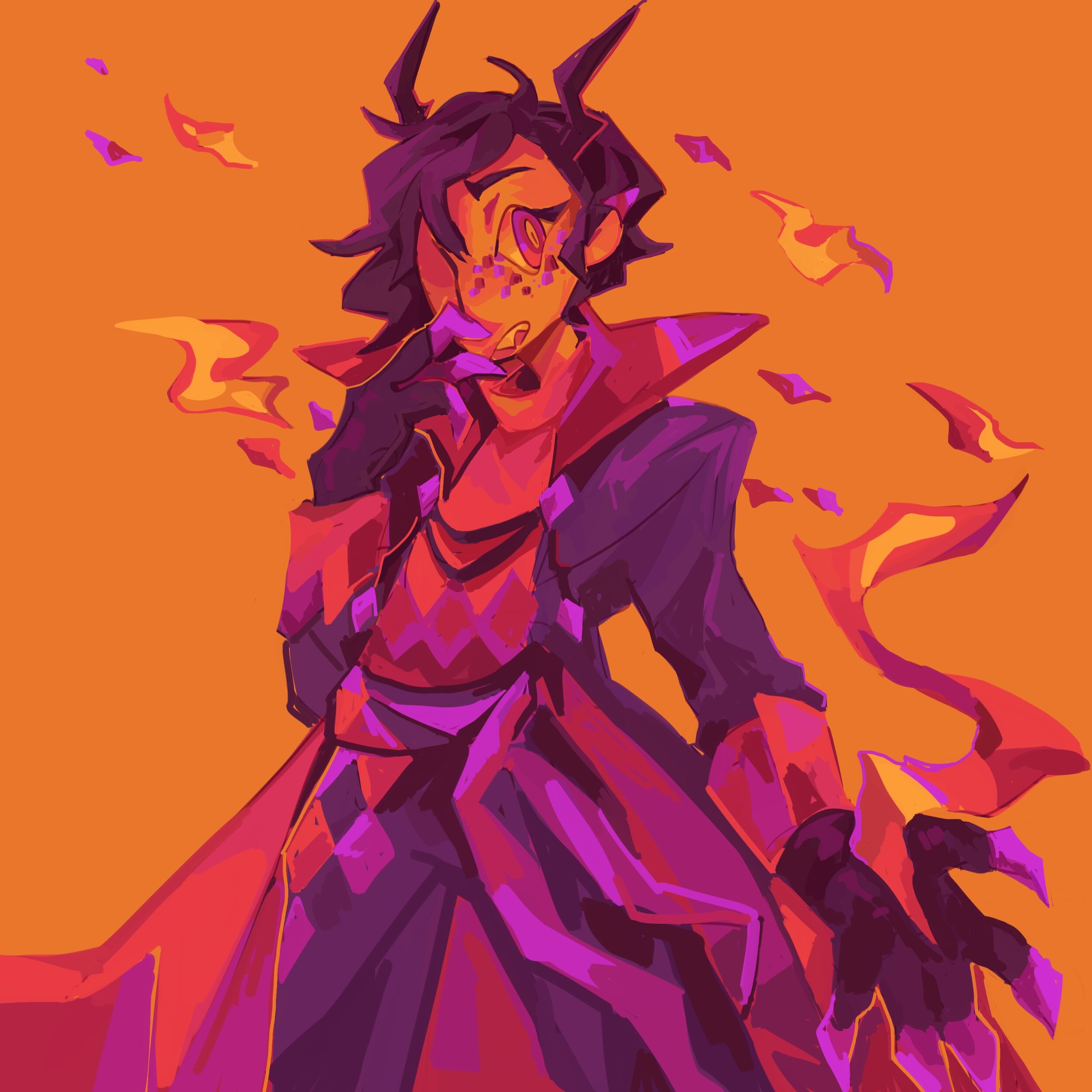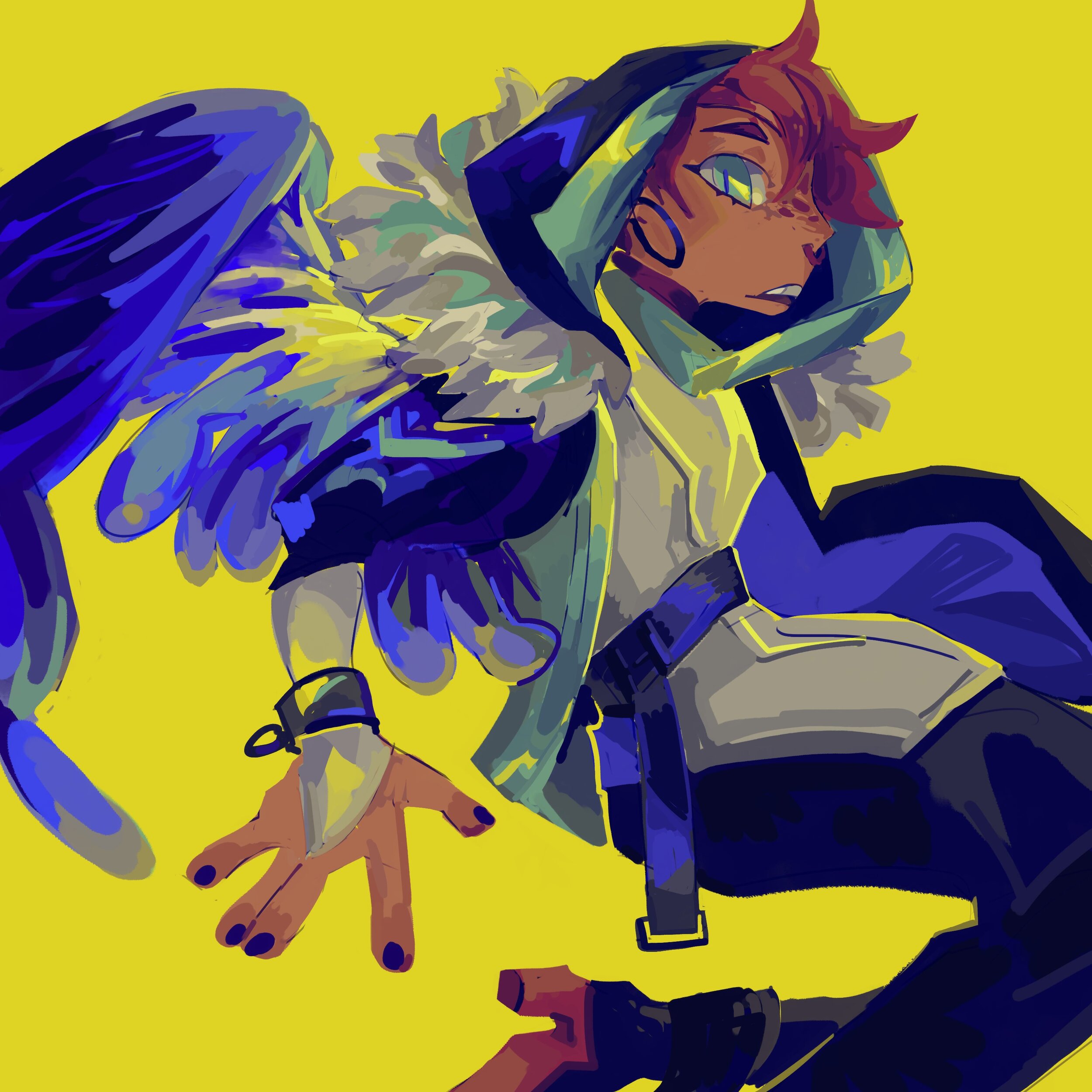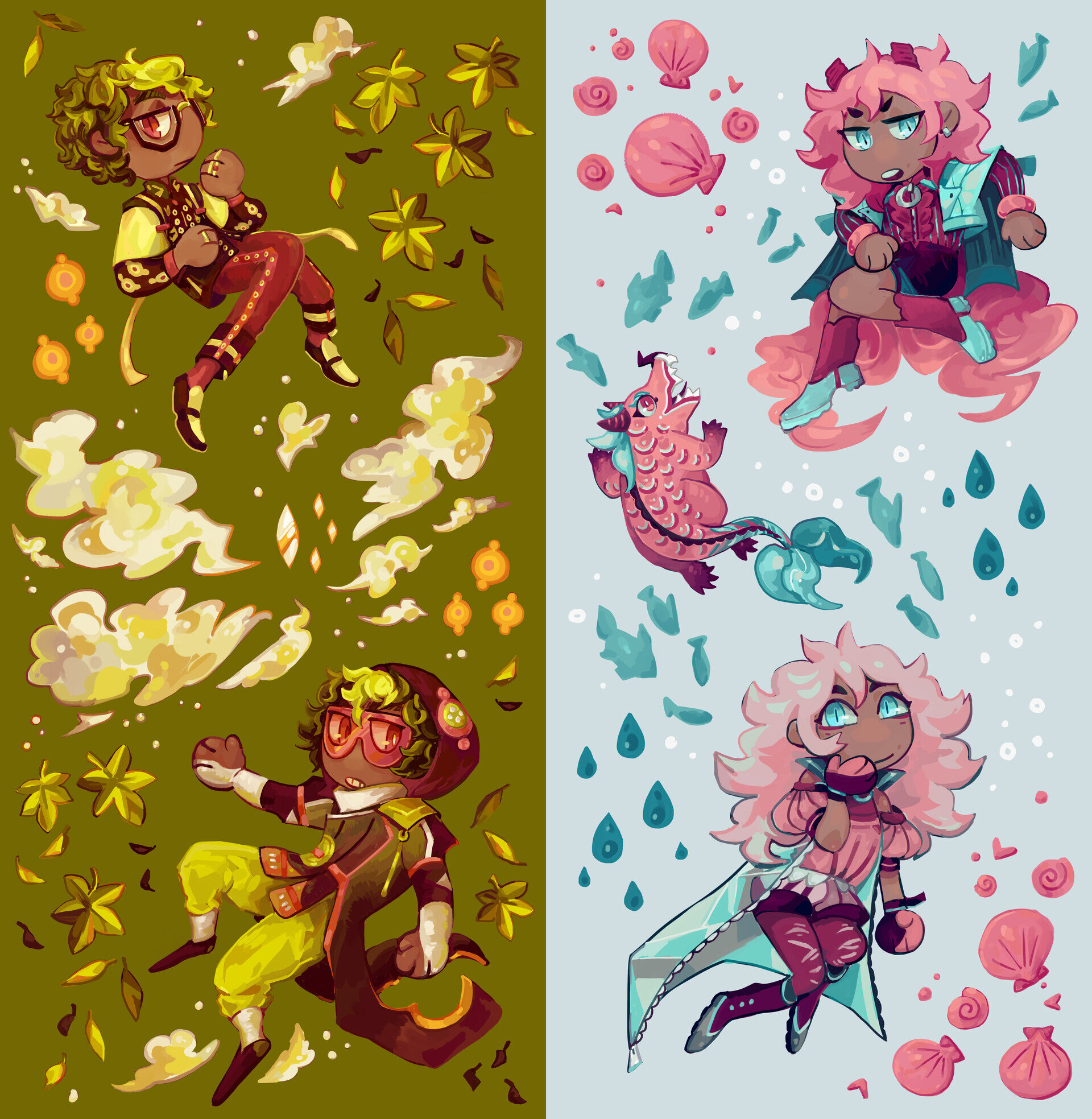Trionfi Arcana
Sever and interlock.
Trionfi Arcana is a bespoke mechanical system and creative framework for a digital tabletop roleplaying game that heavily utilizes the theming of tarot cards. It hosts 40+ players.
As a game, this project features a tightly designed system of plot, interactive content, and even mini-game releases that draw engagement as a live service game. As a roleplaying system, it contains a dice-rolling mechanic that sets up intense collaborative storytelling moments. As an artistic framework, the project operates around a creatively-incentivized economic system back by its player-focused design pillars.
Genre: Role-playing / (PvP, Deckbuilding; Storytelling)
Platform: Digital; Discord
Team: 4-person moderation team. 40+ players.
Duration: May 2018 - August 2020; on Hiatus.
Roles & Contributions
Game Designer: economy, player engagement, live ops, roleplaying systems, deckbuilding, inventory management.
Project Lead: creative direction, project management for collaborative videos and art books.
DM and Admin: narrative design, execution, moderation of expansive plot that empowers the participation and community health of 40+ players
Features & Process.
Plot Roleplays: key events that push the development of the world and its events forward, supplementing worldbuilding and drama, at a bi-monthly clip similar to a mobile game.
Fate Mechanic: stat, dice-rolling, and character building system that allows players to drastically affect Plot RPs while encouraging collaboration and generative storytelling.
Economy: prompts, rewards, and purchasable boons that encourage players to improve at their creative pursuits while engaging with the game.
Community: systems and pillars that uphold interconnectedness but also healthy boundaries to support a community that is invested in one another.
Minigame Events: fully realized, limited-time game modes built to provide fresh creative venues, apply use of the fate mechanic in different ways, and generate engagement.
Built upon the backs of all my other tabletop experiences, including informal systems tucked across forums and art sites, Trionfi Arcana is my take on a tabletop roleplaying system that cares about generative storytelling and being a springboard for creativity, first and foremost. A long-time Dungeons & Dragons 5e, World of Darkness, and FATE player and DM, I had a lot of gripes with the ‘over-systemization’ of a lot of the (hah) systems, particularly how they were in 2016 when work for this game just began. Often these systems involve microscopic details such as DnD’s rations or WoD’s stacking litany of traits, skills, and attributes—and are minimized by DMs who find them fussy, cause players to bounce right off their abstruseness, or limit possibilities within a creative space, ie: a character leveled in Firearms cannot have a nuanced or nonlinear arc tied to their ability to use a gun if gamification demands the player continually raise and utilize it–or, from the storytelling angle, how can we quantify that a character does indeed have, say, a ‘Charisma level of 5’ and clearly proliferate that stat expression through their interactions? Oftentimes, stat-driven gameplay and storytelling are at complete odds with one another.
Inspired by the good parts of these systems, combined with things I observed made games like Lady Blackbird, and even My Life with Master, and Dog Eat Dog emotionally fun and effective, I resolved to make a stat system that in no way impeded any ‘objective’ part of character creation. If a player wanted their character to pick up swordfighting, I trusted that they would take creative responsibility for creating a realistic arc for that skilll to be learned—if a character has a high pain tolerance, I would trust their player would balance out this positive trait with a shortcoming elsewhere. People want to make balanced characters, and they want to tell stories every collaborator can enjoy—with this implicit trust established, I saw no reason to uphold mechanical regulations where they would only limit and ‘punish’ creativity. Instead we have four stats that simply inform the motivation characters put behind literally any kind of action: represented as the aspects of tarot, they are completely up to free interpretation: wands, pentacles, cups, swords. This is explained again in the breakdown below.
To offset that, we have a soft system of conflicts: monster encounters, perils to avoid, problems to solve, etc. that function a little like they do in FATE. Try a solution, take a step forward, until eventually a situation will be passed with the method and consequences being the variation between ‘bad’ and ‘better’ play. Along with a hard system of destiny: as the DM, I have planned ahead of time for certain NPCs to be hurt, certain PCs to be altered and killed. This is where aspects can be invoked textually, and therefore be used as a group for players to literally go against my ‘horrific plans’ and write their own ‘happy endings’.
Being essentially a live service game, I get user feedback literally every time I release anything, whether it’s direct commentary or using my own observational playtesting skills. I take this to refine my systems, including better communicating what the purpose of the very system above is, because it is very different from other tabletop mechanics the broad majority of audiences are used to. This means improving rule-writing and even programming Discord bots that will automate dicerolling for players. This improved understanding and the first Plot RPs were rather slow until the systems to educate my playerbase were fine-tuned, tested against the two openings over its lifespan when new cohorts of players joined and onboarded quickly. Secondary systems such as Auxiliary user-generated RPs were only added later to both encourage collaboration as well as put out engaging content at a faster rate with very little demand for production power on my part.
The biggest addition added down the line was the Minigame Events. They were added because I myself wanted to spice things up and design a Battle Royale with a sprawling Equipment Interaction and Item Management system (frankly, just due to the sort of person and designer I am), but baked into them were the same make-some-art-to-get-money Economy and dice-rolling Mechanics from the ‘main’ game, to allow players to keep being creative and of course incorporate their main-game process. Read below for more on this system, too.
oh. humanity is wonderful.
Surely you’ve heard of the placebo effect, a phenomenon born from perception and expectation. To think, that you can manifest real, physical change through pure, genuine belief. Entire worlds, and people, and myths and legends dwell in your minds, take the form of vastly different mediums, and even manifest into something eternal and enduring. Belief has magic.
And oh, you are capable of such great things because of it.
Through a litany of ways, humans across Earth received a peculiar message. Perhaps through a text from an unknown number, an email from an unidentifiable source, a printed letter with no return address. No matter the means, their content was all the same:
“Do you have the will to change this life of yours? Would you like to go someplace new?”
Some humans choose to answer the call, and in doing so fall into the fantastical world of Aether, where supernatural creatures are commonplace, and it’s human beings that are mere fantasy. Our humans must survive in this new realm, avoiding monstrous Aberrants and powerful Aetherians with their own varied agendas, all while strung along by unseen hands. They learn destiny in this world is real and immutable, yet also learn there’s potential vested within them to change fate to their liking. Can they stand together as everything begins to rip apart at the seam?
Plot progression in Trionfi Arcana occurs through bimonthly Plot Roleplays, sessions that typically average six to eight hours where the group gets together and writes the next chapter of the story, each player controlling a few of the characters within it and interacting with a plot framework that I, the game designer, DM.
Plot RPs are split into an open and a closed session, which run simultaneously and are often intertwined within the narrative. The closed session involves a limited quantity of characters and contains intense tailored events, while the open is unlimited and is more open-ended. This ensures each character receives care, attention, and the ability to stand out within each Act of the narrative, while not ever denying a character the chance to participate in a Plot RP.
When Plot RPs are not running, they are supplemented with Auxiliary RPs, which can be DMed by any player and provide fascinating subplots and consequences of similar gravitas to their Plot counterparts, allowing more characters to join in the spotlight and personally develop, also reducing downtime between engaging content.
Additionally, RP Events are unguided prompts that enhance the overall experience by expanding upon the world and encouraging players to reach out and build up characters’ relationships with one another.
destiny is your tapestry to weave.
The roleplay experience of Trionfi Arcana is enhanced by a custom storytelling mechanic known as the Fate system, which is inspired by similar dice-rolling tabletop roleplaying systems. Its design philosophy is that stats and dice rolling should enhance one’s ability to storytell, not hinder it or put it behind a numerical checks for the sake of fairness.
Four stats, known as aspects, correspond to the tarot suits: wand, pentacle, cup, sword. These aspects can be invoked by characters to buck the path of fate and put their own beliefs and desires into effect instead. For instance, a character can save another from the clutches of a death ordained by destiny by drawing upon the emotions that correspond to their pentacle aspect and using the power they call upon to rewrite circumstances and rescue their friend.
This power and potential for change is tangible within the story and can be perceived by the characters that use it. It is a mechanic created specifically to represent the themes of the narrative through gameplay.
Trionfi Arcana roleplays are hosted on Discord, and I programmed a custom bot to
Read the in-depth documentation on the Fate system here.
a plot post reacting to a successful fate roll
together.
Along with the layered structure of its RPs and its narratively interwoven mechanics, the sense of community is an insanely important part of the initiative’s design. Several systems help to support a thriving community and promote a feeling of passion and harmony.
First of all the group’s code of conduct was carefully crafted from past experience and is enforced through gentle understanding but firm administration. It is a social contract all players must read over and agree to, and promotes the idea that the group’s inherent goals are to communicate and be good to one another.
Open communication also applies on a player-to-administration level with a plethora of opportunities to send in questions and suggestions, even anonymously. They are met with openness and an eagerness to learn and improve Trionfi Arcana’s systems, and past critique as well as analyzing previous sessions as playtesting data have helped to shape the Plot RP experience as it currently stands in Act 3.
To create further connections between the upwards of forty players, there is grouping system known as spreads: characters are grouped together to experience life and events as a smaller collective. This allows players that might not otherwise interact the opportunity to do so. On the flipside, for the sake of community health, there is also the ability to ‘blacklist’ any other player, a no-questions-asked list that indicates any players one desires to not share a spread with, as a way to set boundaries.
All in all, there are many considerations and mechanics that exist to foster a healthy community that cares about one another, together.
What will We see? Who will We become?
Another pillar of Trionfi Arcana’s design is the running of Minigame Events—fully realized games that exist within the contexts and other interwoven systems of the game. They provide entertainment, bear a wealth of worldbuilding, and perfectly set up intense stages upon which characters can participate within them and develop.
They are designed around a low tech setting, using the text platform, channel partitioning, and bot integrations of a Discord prior to its Community Server updates—as well as Google Spreadsheets, which scales to allow forty participants who are averagely adept at technology to edit at once. On top of its roleplaying goals, these Events integrate the Fate Mechanic’s stats directly into their mechanics, and a requirement to create art is similarly mechanically integrated.
One such Minigame Event was a Battle Royale that involved inventory management, art-powered navigation and scavenging, and a tense combat that involved theorycrafting synergistic item builds. As a game designer, I fully enjoyed rolling out new items to create builds around, using new additions, spawn rates, shopkeeper trading, and overworld hazards to both balance the item-build ecosystem and provide my players with an enjoyable experience. Note that over 21 thousand actions were logged, and over 1.4 thousand images were drawn for this Event over the course of less than two months.
Another was a Fiasco-inspired Heist game where players generated their own heist campaigns through a series of randomized prompts, with myself providing new playsets and fascinating items to nab as the Event progressed.
there’s so much to do before we reach the end.
An economy ties everything together. All artistic efforts are rewarded with a currency known as crowns, which can be used to gain aspect pips for the Fate mechanic, get additional character slots, or even trigger events—good or bad—for any player character.
Quests are simple prompts that promote community interaction. Art created with another player’s character as the subject and other such prompts that encourage community, creative experimentation, or self-improvement are the basis for making money. More ambitious Group Projects are also run by myself and others and are available as sources of gaining crowns.
The boons gained through purchases directly proliferate into satisfying Plot results and interesting Incidental RPs, which boost investment in the game’s World and the sense of Drama and trajectory surrounding one’s character, looping into further artistic inspiration.
Player-led projects are also quite common. Here is a video project I lead the production and art direction of. It details the events of Trionfi Arcana’s second Act.
Similarly, here is a video project I also lead the production and visual direction of, for Trionfi Arcana’s first Act.
Lessons Learned
What went well.
I have such pride in this project’s results, and am so deeply in love with the entire process of designing and refining it. The systems are clearly built on years of my experiences in this design space and meaningfully improve upon them. I have had the honor of cultivating so many lasting memories and relationships due to the sheer fun and connective environment the game provides. As a creator, it’s simply so rewarding when a creation takes off and works due to my design process, feedback intake, and heart.
Areas of improvement.
Truly, what hasn’t been improved about this system since the get-go? It is the joy of a live service game to continually receive information that can be kicked into actionable improvements. Some pain points that I plan to address include new-player onboarding and the art prompt system, as they’ve proven to be the hardest to engage with. I plan to give them a organizational overhaul and simplification to lower the barriers to working with them.
Closing thoughts.
Trionfi Arcana is quite a lot of things, from a tabletop roleplaying game, to a multimedia narrative, to a group of creatives. The hope is simply that it can be a home for ideas and creative energy, and act as a crucible or incubator for good, enjoyable personal work to flourish. As the designer of its ecosystem of structures, its creative game master, and its administrative leader, I am so happy to have gotten the opportunity to run this game. I have learned so much as I’ve created, maintained, and improved its many interlocking systems, and I am thrilled to see it through to its conclusion.







